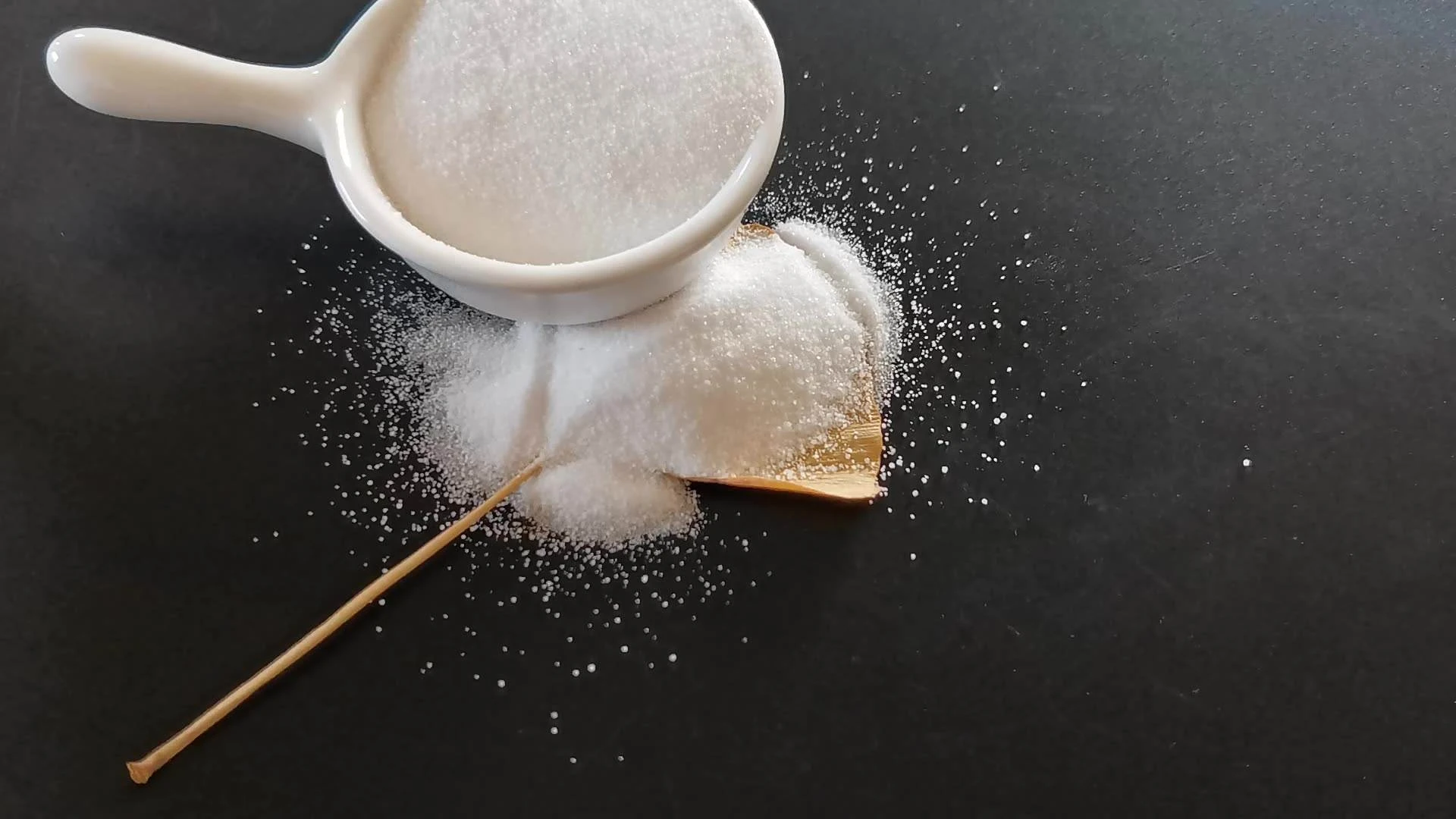



Safety Guidelines for 10% Sodium Hydroxide Handling and Usage
Understanding the Safety Data Sheet for 10% Sodium Hydroxide
Sodium hydroxide, commonly referred to as lye or caustic soda, is a highly versatile and widely used alkaline compound with numerous applications in various industries such as cleaning, food processing, and chemical manufacturing. A 10% solution of sodium hydroxide is often utilized in settings from household cleaning to industrial processes. However, due to its highly corrosive nature, it is crucial for users to understand its associated risks and safety measures, which can be found in the Material Safety Data Sheet (MSDS).
Chemical Identification
The MSDS provides important information regarding the identity of the chemical. For a 10% sodium hydroxide solution, the chemical formula is NaOH, and it appears as a colorless to slightly yellow liquid. It is classified under various hazard codes due to its properties, and understanding these classifications is essential for safe handling.
Hazard Identification
Sodium hydroxide is corrosive and can pose severe health risks if not handled properly. The MSDS specifies that contact with skin, eyes, or mucous membranes can cause severe burns and damage. Inhalation of vapors can irritate the respiratory tract, leading to coughing or difficulty breathing. In an aqueous solution, the strong alkalinity of sodium hydroxide can result in dangerous reactions, especially when mixed with acids.
Handling and Storage
The MSDS emphasizes the importance of proper handling and storage of sodium hydroxide. It should be stored in a cool, dry, well-ventilated area away from incompatible substances such as acids, organic materials, and certain metals. Containers should be clearly labeled, and protective equipment, including gloves and goggles, should be worn when handling the solution to minimize exposure. The importance of using a fume hood in an industrial setting cannot be understated, as it helps in maintaining a safe work environment.
First-Aid Measures
10 n sodium hydroxide msds

In the unfortunate event of an exposure, the MSDS outlines necessary first-aid measures to mitigate harm. If sodium hydroxide comes into contact with skin, it is critical to immediately rinse the affected area with copious amounts of water for at least 15 minutes and remove any contaminated clothing. For eye exposure, it is imperative to flush the eyes with water while keeping the eyelids apart for at least 15 minutes and to seek medical attention promptly. In case of inhalation, moving the affected person to fresh air and seeking medical assistance is essential, especially if symptoms persist.
Fire-Fighting Measures
Although sodium hydroxide itself is not flammable, it can react with certain materials, potentially causing fires. The MSDS provides fire-fighting measures indicating that appropriate extinguishing media should be used based on the surrounding materials. It is crucial for emergency responders to wear full protective gear, including self-contained breathing apparatus, to avoid inhaling harmful fumes during any fire incident involving sodium hydroxide.
Stability and Reactivity
The MSDS outlines the stability of sodium hydroxide solution and its potential for hazardous reactions. It highlights that, while stable under normal conditions, it can react violently with strong acids, generating heat and producing hazardous gases. This means that any mixing procedures involving sodium hydroxide should be conducted with extreme caution.
Environmental Considerations
Disposal of sodium hydroxide is an important consideration outlined in the MSDS. It indicates that neutralization might be necessary before disposal to avoid harm to aquatic life. Environments that expose sodium hydroxide to water can lead to elevated pH levels in waterways, negatively impacting local ecosystems. Therefore, compliance with local regulations regarding hazardous waste disposal is vital.
Conclusion
In conclusion, the MSDS for a 10% sodium hydroxide solution is a critical document that provides essential information for safely handling, storing, and disposing of this chemical. Understanding its properties, associated hazards, and safety measures is paramount for anyone who works with or encounters sodium hydroxide. By adhering to the guidelines provided in the MSDS, individuals can help ensure a safe working environment, minimizing risks associated with this powerful alkali. Always remember that safety comes first; your well-being and that of others should never be compromised when handling hazardous materials like sodium hydroxide.
-
Why Sodium Persulfate Is Everywhere NowNewsJul.07,2025
-
Why Polyacrylamide Is in High DemandNewsJul.07,2025
-
Understanding Paint Chemicals and Their ApplicationsNewsJul.07,2025
-
Smart Use Of Mining ChemicalsNewsJul.07,2025
-
Practical Uses of Potassium MonopersulfateNewsJul.07,2025
-
Agrochemicals In Real FarmingNewsJul.07,2025
-
Sodium Chlorite Hot UsesNewsJul.01,2025










